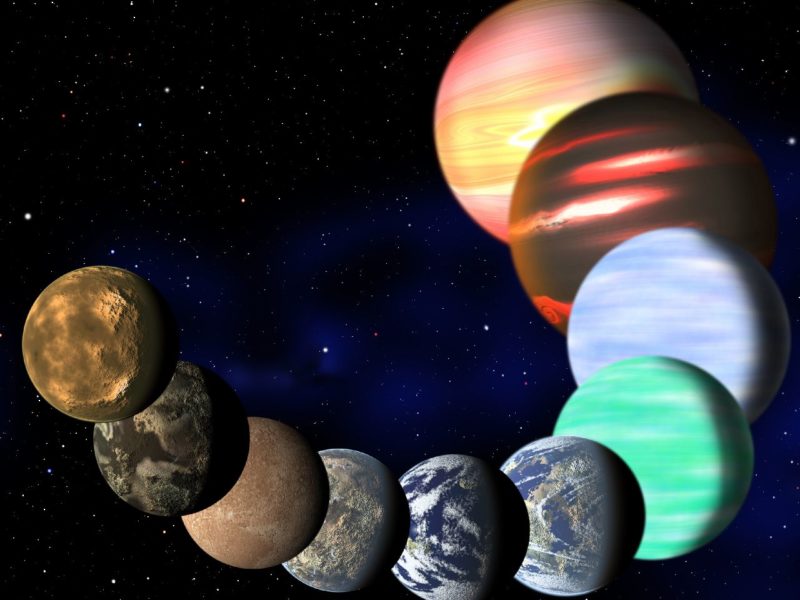London, England – Bumble Bees appear to move at random through flower patches when foraging for food and nectar, but what looks like randominity is actually the result of trial and error. Researchers at Queen Mary University of London have studied the flight paths taken by Bumble Bees, and have found that the bees, over time, found the shortest, most efficient path between a group of flowers. The scientists involved in the study attached tiny radar transponders to the bee’s backs, which allowed them to track the movements. Over the course of a month, the bees all reduced their total distance traveled between five artificial flowers by roughly 75%. The bees had to build a “mental map” that allowed them to recall which flower was nearest the one they were currently on.
Frederick, Maryland – The origin of the striping pattern on household tabby cats has long puzzled geneticists and scientists. Recently the code was cracked by a group of geneticists working under the guidance of Stephen O’Brien, who is now the head of the Theodosius Dobzhansky Center for Genome Informatics in St. Petersburg, Russia. The breakthrough occurred when the geneticists discovered that the genes responsible for the color variations are a genetic mutation. The color pattern they were most interested in was the blotchy pattern that looks like intertwined swirls, as this was originally thought to be a different species from the standard spotted cheetah. The mutation was passed from generation to generation, and eventually ended up in tabby cats. One other fact that the geneticists noted was that the color of the skin on the Cheetahs and the Tabbies did not change, but rather the color of the hair follicle itself.
Evanston, Illinois – The current methods of power production involve releasing massive amounts of energy in the form of waste heat. When a fuel is combusted, the primary byproduct of that chemical reaction is heat. The efficiency with which that heat is recovered and turned into usable energy represents the efficiency of the generation system. If a system could be found that turns waste heat back into usable energy, then far less money would be spent in the generation of that energy. This is the problem that researchers at Northwestern University in Illinois have been studying, and their most recent report details the success they have had in developing a material that efficiently converts heat into usable electricity. The material is known as Lead Telluride, and can convert heat to electricity with an efficiency of roughly 12-17%, which is comparable to industrial photovoltaic cells. Photovoltaic cells are the cells that convert light into electricity.
Cambridge, Massachusetts – Behavioral scientists have speculated that time may affect the extent to which people will cooperate with others in a given setting. For example, when a group of people were given 40 cents each and asked to contribute a certain amount to a group pool, their contribution depended on how much time they were given to think about it. Those who were told to decide how much they wanted to contribute in less than 10 seconds gave more than those who were told to make their decision after 10 seconds had passed. This correlation indicates that people tend to reconsider their willingness to cooperate if given time to think about their decision. The gut reaction tends toward generosity and general cooperation, while extended time to think tends to counteract that reaction.


'Scientific discoveries this week: 9/24/12' has no comments
Be the first to comment this post!